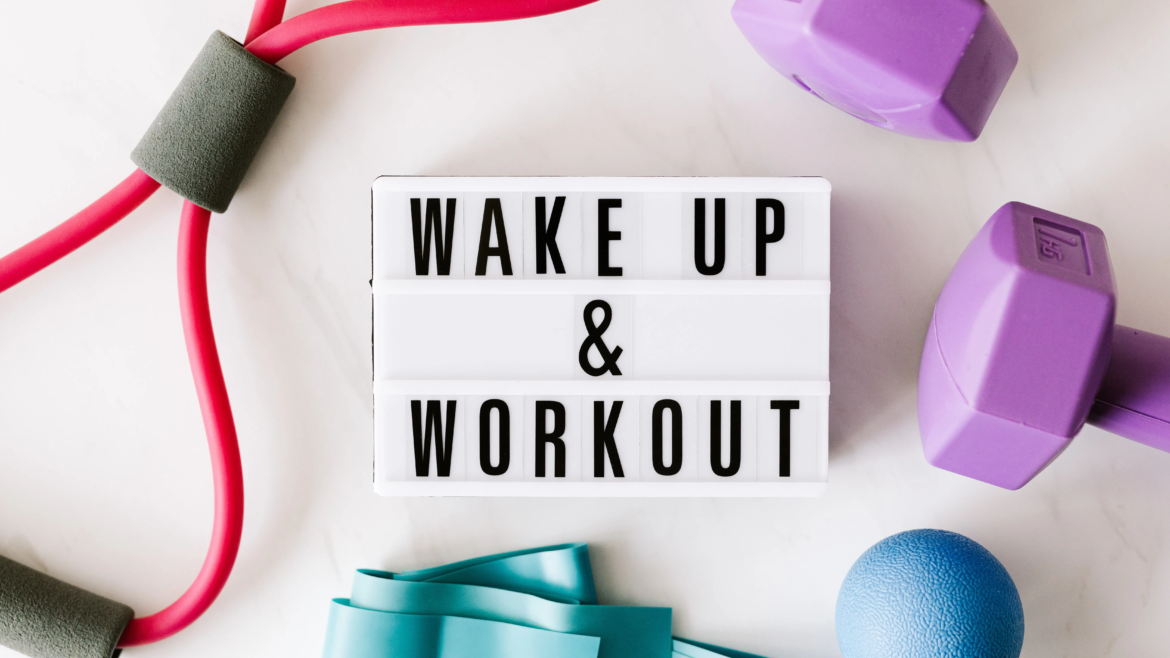Getting Fit and Losing Weight
The following article discusses
It’s a fact: It is necessary to burn more calories than you consume in order to lose weight.
CDC recommends cutting calories to lose weight. The CDC says reducing your intake is the most effective way to lose weight.
Regular physical activity will increase your chances of maintaining a weight loss over time. It is shown that exercise will help you lose weight and keep it off.
Do I need to exercise a lot?
It’s best to start with just a few minutes of exercise at a time. Even a very short exercise session is better than no exercise at all, and that will slowly get your body used to being active.
To get the full benefits from exercise, you should exercise for at least 30 minutes most days.
In short spurts, you can do your exercises for 10 minutes here and 15 minutes there. Each action alone may not seem like a lot, but they all add up in the long run.
The more fit you become, the more time you can spend exercising and the strenuous activities that you can do.
In comparison, walking for 60 minutes provides similar health benefits as jogging for 30 minutes. Increasing intensity can accomplish the same thing in half the time.
Should I do any kind of exercise?
Mowing your lawn, going out dancing, playing with your kids — it all counts, if it revs up your heart rate. Walking, biking, jogging, swimming, fitness classes, or cross-country skiing are all great exercises.
Those who do not exercise and are age 45 or older, female over 55, or have a medical condition should consult their doctors before undertaking physical activity.
Getting fit without straining your body can be done by walking or swimming. Start at a slow, comfortable pace so you don’t strain yourself.
Using resistance bands, weights, or your own body weight, you should do strength training at least two or three times a week.
Keep yourself flexible and prevent injuries by stretching all your muscles after exercising.

